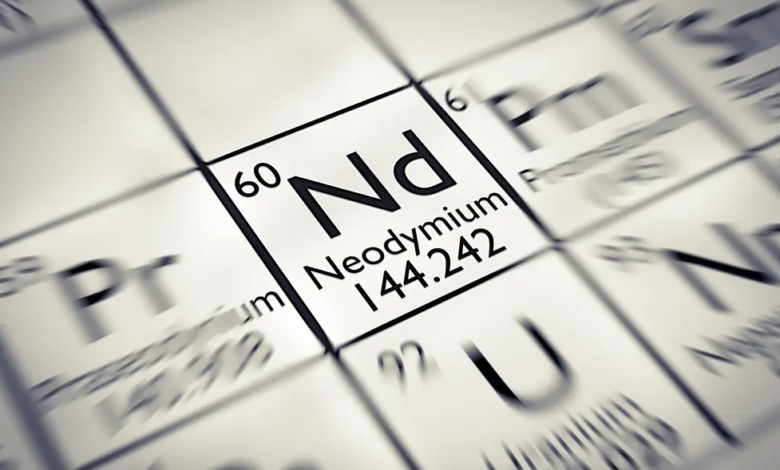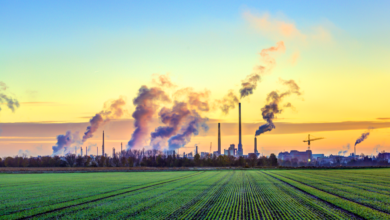Scaling this technology allows you to separate critical metals from electronic waste economically
(sustainabilityenvironment.com) – A new method pioneered by the University of Toronto separates critical metals from electronic waste using CO2. The technique uses carbon dioxide captured by air or industrial processes to recover the precious metals used in end-of-life green technologies. Through the heating and pressurization of CO2, greenhouse gas is transformed into a supercritical fluid. In this state, it can be used to dissolve and extract critical metals from the surrounding environment. The great advantage of CO2 is that you don’t need to heat it very much to start this conversion: you just need a temperature of about 30 degrees.
Read also Critical raw materials: demand +3000% in 2050
The success of the experiment, recounted in the journal Inorganic Chemistry, can open new horizons for battery recycling. Gisele Azimi, professor at the University of Toronto and Canada Research Chair for Urban Mining Innovations, led the team that collaborated with Canadian Light Source, a research facility at Saskatchewan University. This innovation can make it easier and cheaper to separate critical metals from electronic waste such as accumulators and wind turbines, researchers say. Specifically, they targeted neodymium iron boron (NdFeB) magnets, which contain large amounts of rare earth elements such as neodymium, praseodymium and dysprosium. These are widely used materials in wind turbines and electric vehicles.
Recycling of electronic waste is being observed with increasing interest for many reasons. On the one hand, it offers an efficient way to obtain fundamental resources such as critical metals and rare earths. In fact, in WEEE they are found in percentages between 20 and 38%. In nature, instead, they guarantee concentrations of just 1-2%. International investments in the recovery and recycling sector are growing, but the market share is still insignificant.
Azimi and its employees believe the CO2 technology is promising, and are working to improve its profitability. Next frontiers will be the recovery of gold and copper from printed circuit boards.






